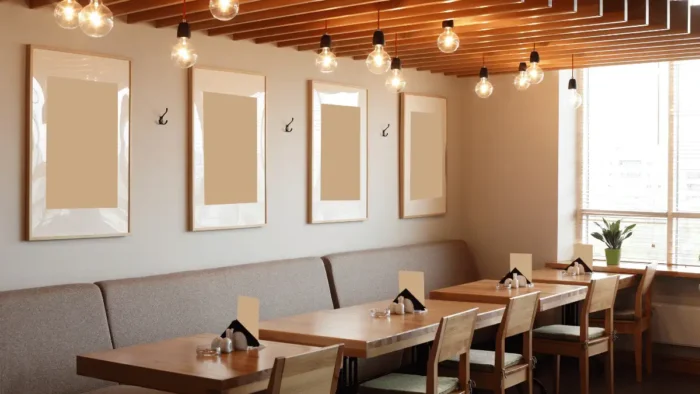The hospitality industry has been a historically lucrative one in the UK – but the difficulty of the pandemic at the start of the decade brought the industry to its knees, and even as some time has passed since the last restrictions were lifted, businesses have seen limited recovery, partly due to trouble hiring new staff.
Still, this should not dissuade budding restaurateurs from opening their dream businesses. The independent culinary scene is as vibrant as ever, and there is only more room for inventive and high-quality food. Opening a restaurant is tough at the best of times, but there are some ways you can approach doing so to ensure success and longevity – and here they are.
Choose Your Location Wisely
Location is one of the most important things to take into consideration when opening a new restaurant concept – arguably more important than the menu. This is because where you pitch your venue will have a profound effect on its profitability, for a number of reasons.
Firstly, rent in some retail environments will be far higher than in others. Secondly, some areas will receive significantly less footfall than others – eating into your bottom line more and more with every quiet night. You need to strike the right balance between cost and visibility when you do come to choose a location.
Pay Close Attention to Health and Safety
Health and safety are extremely important for you to give significant attention to; as a customer-facing business, it is important that you follow food safety guidelines to the letter in order to keep your patrons safe. This includes safe food preparation and adherence to allergen information guidelines.
It is also of crucial importance that you look after your staff, especially your kitchen staff working in a relatively dangerous environment. There are a number of kitchen-based safety measures you can take, including using anti-slip floor paint to enable your chefs to work without unnecessary slip risks.
Training is important here too; health and safety training is an invaluable and effective way to ensure all staff is safe and on the same page. It can be easy to take for granted that your kitchen staff understands how to properly navigate a kitchen, but regular training on correct knife handling and other skills can minimize the likelihood of accidents and injuries.
Keep Your Menu Flexible
Adaptability is key in today’s volatile economy, especially where a cost-of-living crisis makes it harder for consumers to justify the luxury expenditure. Sticking to the same menu makes it easier for customers to exhaust themselves on your offerings and move on.
Consistently changing your menu to follow seasonal trends or new creative processes, meanwhile, gives you more of an opportunity to retain regular customers – securing a significant portion of your monthly income in the process. You don’t need to completely redesign your menu to benefit from this; once again, simply being able to adapt to new ideas stands you in good stead.





